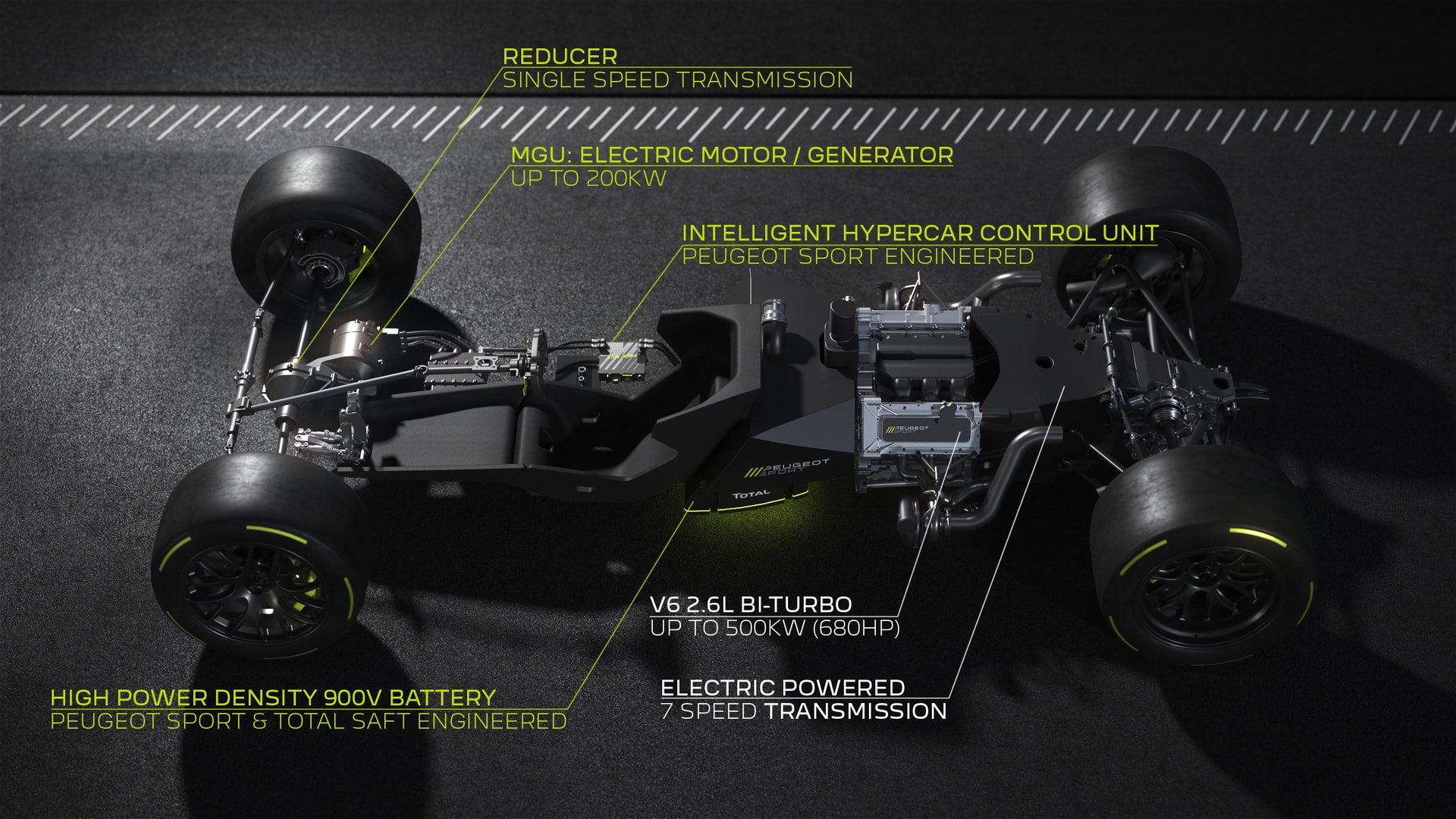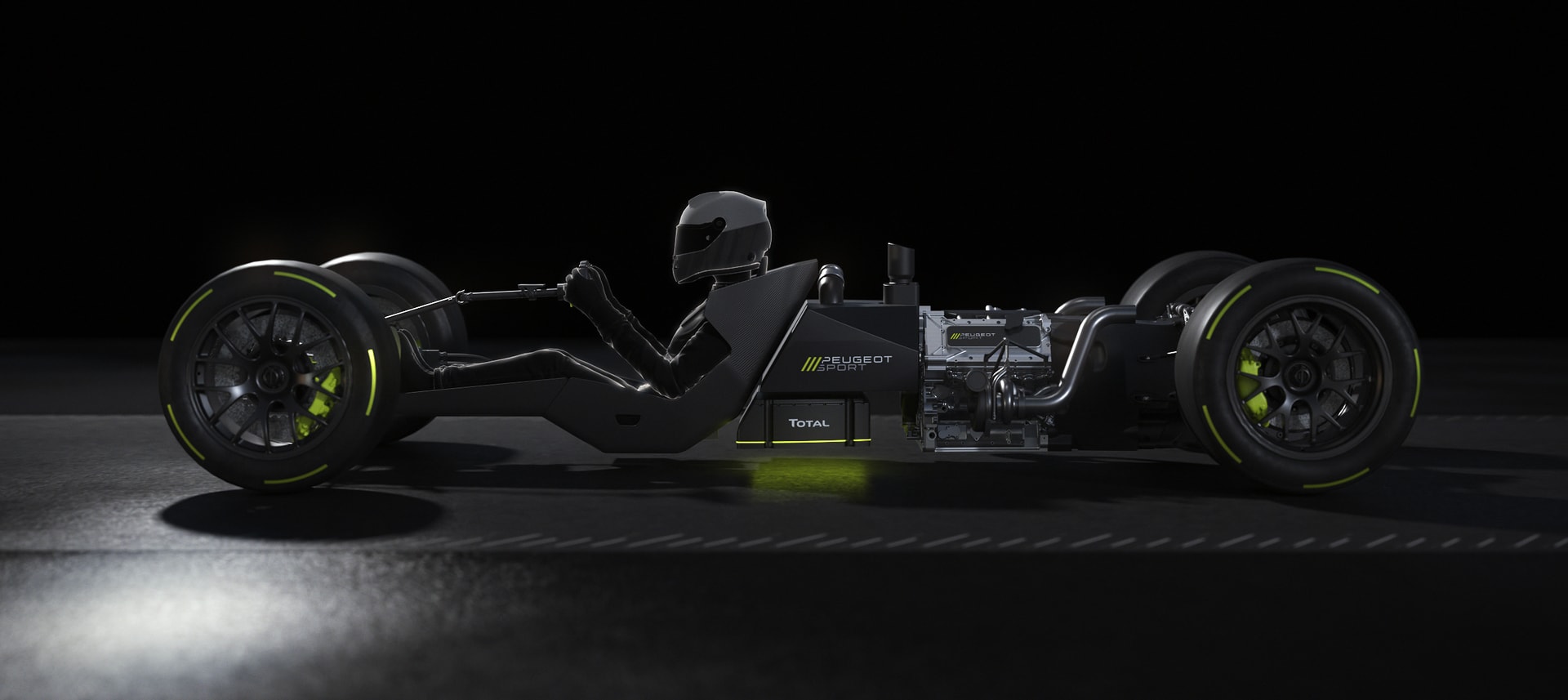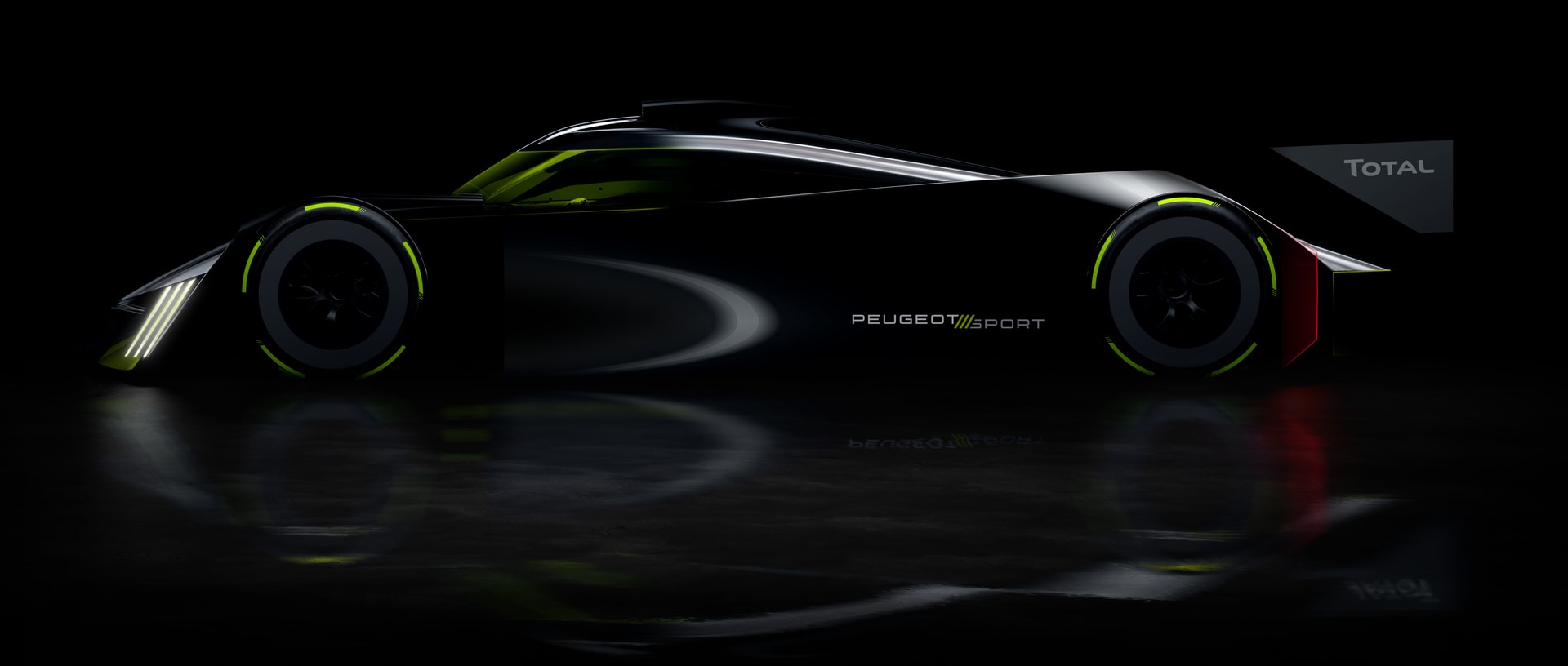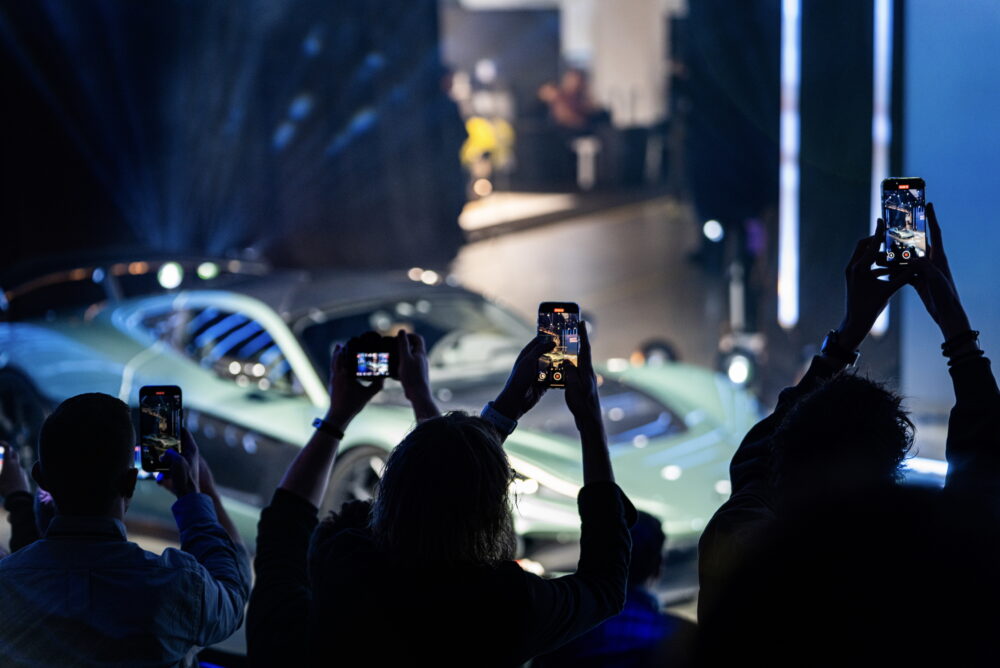Peugeot: Details of the hypercar engine 🎥
PEUGEOT HYBRID4 500KW Peugeot Sport and mobility partner Total present the key technical features of the jointly developed powertrain for their Le Mans hypercar. The computer animation shows how the Peugeot hypercar's powertrain is placed and functions. Both partners combined their experience and expertise in hybridization and high-tech motorsport to develop the powertrain of the PEUGEOT HYBRID4 500KW, [...]
The computer animation shows how the drive of the Peugeot hypercar is placed and functions.
Both partners combined their experience and expertise in hybridization and high-tech motorsport to design the powertrain of the PEUGEOT HYBRID4 500KW, as the sports prototype is officially called (and written in capitals), in accordance with the new FIA rules for the World Endurance Championship (FIA WEC) from 2021.
Unlike Porsche, which is developing a sports car for the LMDh class, which is identical in terms of performance, Peugeot opted for a hypercar that will be registered as early as 2021. Toyota will also present such a model in a few days.
Internal combustion engine
Peugeot Sport developed a new 2.6-liter V6 gasoline engine with two turbochargers that produces up to 680 hp (500 kW), weighs 165 kilograms and drives the rear wheels. A 200-kW motor-generator unit (MGU), also newly designed, drives the front wheels.
The rules for hypercars stipulate a maximum system output of 500 kW in racing mode. The MGU may only be switched on when 120 km/h is reached. At full power, the V6 biturbo is limited to 300 kW (408 hp) and adjusted depending on the electrical power that can be used at any time, which depends only on the battery level.
Prescribed interaction
When the MGU comes into play, the engine management system automatically switches to all-wheel drive, thereby changing its driving behavior, for example through high-speed curves.
When the battery is empty, the combustion engine takes over rear-wheel drive. Its output may only be increased by three percent to 515 kW (700 hp) at the end of the straight when the battery is empty, so that the electric motor operates as a 15-kW alternator. This configuration is automatically adopted by the vehicle electronics.
The hypercar will be equipped with special sensors to monitor the power levels measured at all four wheels in real time and transmit them to the FIA. This will ensure the maximum performance specified in the Balance of Performance (BoP).

Optimal energy management
The robotized, sequential seven-speed transmission is controlled by steering wheel-mounted paddle shifters. Likewise, the brake-by-wire system developed by Peugeot Sport is electronically controlled.
The driver can adjust the degree of motor braking generated by the electric motor during deceleration and the force exerted by the brake pads on the brake discs. In this way, he achieves an optimum split between electric recovery and hydraulic braking.
Optimal energy management, both during acceleration and energy recovery (limited by regulations to 200 kW), will consequently be key to the vehicle's performance and efficiency.
Innovative battery concept
The new high-performance battery is housed in a carbon casing inside the monocoque behind the rider and under the gas tank. It is designed to combine durability with consistent power for races lasting up to 24 hours and beyond.

During the races, the battery is fully charged before the start using a grid-connected plug-in hybrid charger. On the race track, the battery operates completely independently and is only charged by the kinetic braking energy recovery system.
Special fats and oils
According to Peugeot, the coolants and engine-transmission lubricants play an important role in the competitiveness of the hypercar. Tailor-made prototypes from Total are used for intensive use and long service life in a wide temperature range.









